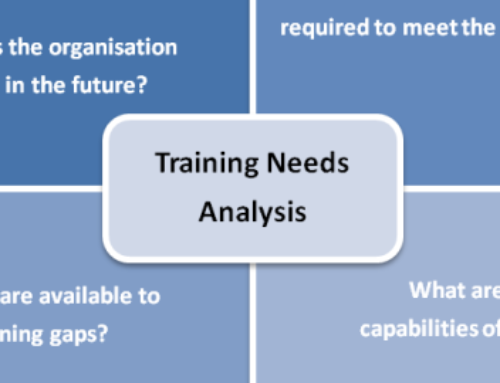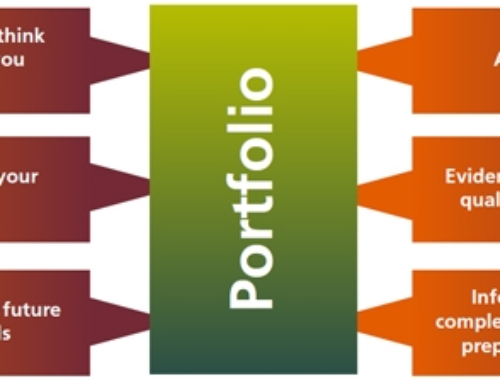How To Reduce Cognitive Load In eLearning
You’ve heard the saying: you can’t see the trees for the forest. We live in the information age and most of us are swamped from the moment we wake up, so it’s important that your eLearning doesn’t add more stress, leaving learners drowning in the information forest.
- One concept per page: Make this your mantra. Presenting one key learning concept per page will reduce cognitive load and stop you from creating an information forest. Make it clear what the key learning concept is rather than allowing it to become lost in translation.
- Remove non-relevant items: At the end of the day, the goal of eLearning is to educate the audience, not entertain them. Reduce cognitive load by removing media elements not relevant to learning, and be selective when you do choose to use media elements – they should support and add to the learning experiences.
- Clear, concise writing style: Ok, so it doesn’t have to be clinical, but make sure the writing style is clear and on point, yet retains a human aspect. Remove excess words and statements that don’t relate directly to the topic. When using anecdotes, keep them short and be sure to create strong links back to learning concepts.
- Information access: Clever chunking of content helps to reduce cognitive load by providing learners with smaller, bite-sized pieces of information easily committed to memory. Using pop-ups or click-to-reveal mechanisms will allow learners to drill down and discover content one step at a time. These techniques also reduce the amount of visible content on the screen at any one time.
- Consolidate key learning: Tell them what you’re going to teach them, repeat it, and then tell them again. Consolidating key learning points at the end of each topic or module will increase knowledge retention. Consider consolidating processes into quick-reference guides as a way to reduce content in the learning module.
- Delivery variety: Cognitive load is reduced when information is absorbed through multiple mediums, for example, text supported with visuals that further demonstrate the concept. This technique is more successful than relying on one medium alone (especially text!) to get your point across and remembered.
- Use consistent structure: It’s ok to switch some parts of the brain to snooze mode. Through consistent structure and user experience throughout eLearning, learners will not need to continuously readjust to the experience, leaving more cognitive load available for information assimilation.
- Link back to learning objectives: Always create strong links back to learning objectives to reinforce key learning. Strengthening the links will make it easier for learners to grasp key learning points, therefore reducing brain power required to create these links.
This post was first published on eLearning Industry.
Read more about:





